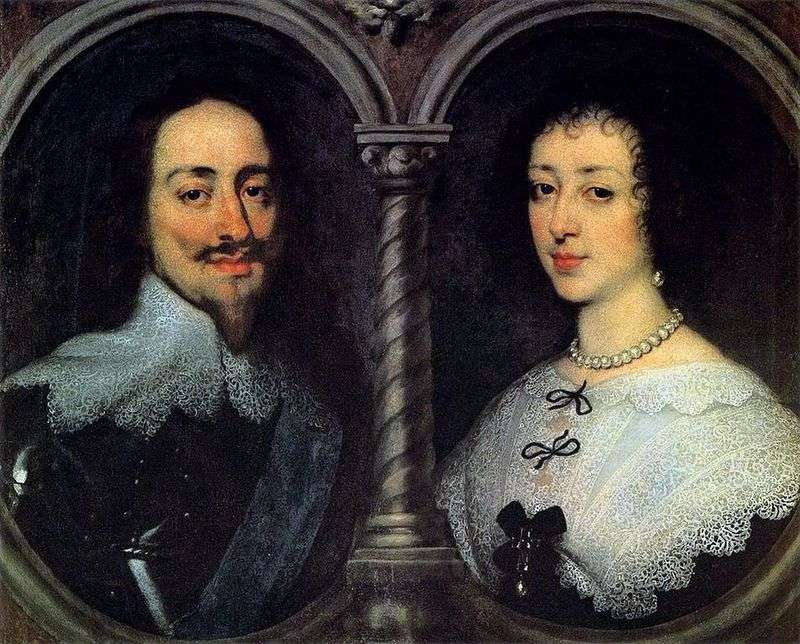
If very briefly to determine the difference between the Dutch and Flemish art of the XVII century, then we can say that the first is dominated by still lifes, called “snag” due to realistic features and amazing detailing of the image brought to the illusory, in the second – the ceremonial portraits. Antonis Van Dyke – the brightest representative of the genre, the master of the ceremonial portrait and religious subjects in the Baroque style.
“Portrait of a Knight with a Red Bandage” is one of the best examples of Van Dyck’s work. It is compositionally beautifully constructed: the model’s face is in the center of the horizontal of the picture, in its turn energy, strength and courage are felt, it captures the viewer’s eyes. The invoice and shine of the knight’s armor were beautifully transferred. The portrait was written during that period of his life, when Van Dyck created extremely easily, quickly and at the same time achieved an ideal study of the works.
At the end of his life, the cramped master had to write too much to manage to do it with full artistic perfection. From 1621 to 1627 he lived in Italy, spending most of the time in the highest circles of the Genoese society. Many representatives of the aristocracy became models for him. However, it was not possible to identify the character on this canvas yet. It is even possible that this is not a portrait of a real person, but an allegory.
 Self-portrait with Sir Endymion Porter by Anthony Van Dyck
Self-portrait with Sir Endymion Porter by Anthony Van Dyck Charles I, King of England, on the hunt by Anthony Van Dyck
Charles I, King of England, on the hunt by Anthony Van Dyck Portrait of James Stewart by Anthony Van Dyck
Portrait of James Stewart by Anthony Van Dyck Portrait of Charles I and Henrietta Maria by Anthony Van Dyck
Portrait of Charles I and Henrietta Maria by Anthony Van Dyck Equestrian portrait of Charles I by Anthony Van Dyck
Equestrian portrait of Charles I by Anthony Van Dyck Triumph of Silenus by Anthony Van Dyck
Triumph of Silenus by Anthony Van Dyck Portrait of Geronima Brignole-Sale with her daughter Maria Aurelia by Anthony Van Dyck
Portrait of Geronima Brignole-Sale with her daughter Maria Aurelia by Anthony Van Dyck Portrait of Lady Elizabeth Timbleby and Dorothy Viscountess Andover by Anthony Van Dyck
Portrait of Lady Elizabeth Timbleby and Dorothy Viscountess Andover by Anthony Van Dyck